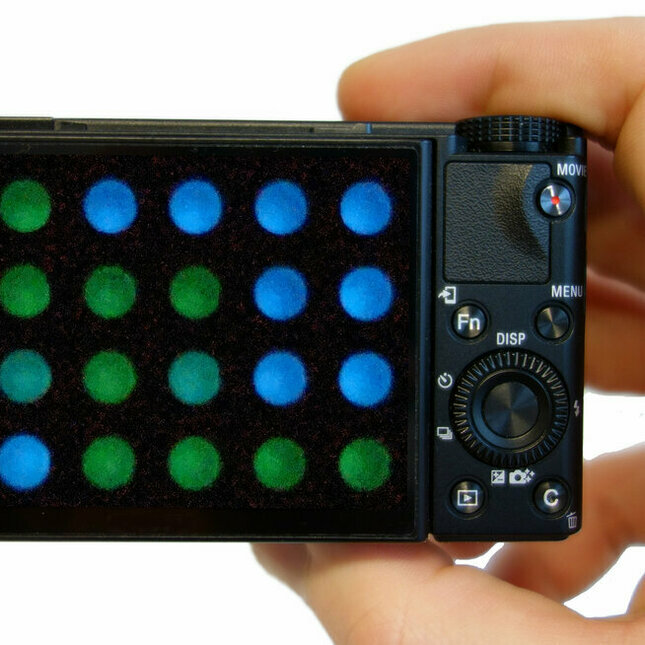
Despite the T in TU/e’s name, not everything is 100% technology all the time. When they were still Students, Eva van Aalen en Harm van der Veer, started a project to detect viruses and infections using light. To make this work, they needed a biological component to make certain elements give off the right type of light. Their search led them to the fluorescent material found in the body of shrimps that live miles below the surface of the oceans.
It started with a competition
In 2019, Harm and Eva entered the iGEM competition with a concept for detecting viruses with the help of light. Here’s a brief and far too simple explanation of their idea: a medium contains sensor proteins designed to respond to certain elements in viruses. When you add body fluids containing these virus particles, it causes a reaction, and the sensor proteins start to emit light. And so, the presence of the virus is demonstrated.
The work of Professor Maarten Merkx and his research group formed the basis for their project. "Professor Merkx saw the potential and suggested we develop it further.
In essence, we are building biological sensors," Harm explains, "sensors that in this case can detect genetic material (DNA/RNA). This allows us to quickly detect the presence of all kinds of pathogens, even at low concentrations.
Eva developed sensors that detect the presence of specific antibodies against the SARS-CoV-2 virus, the causative agent of COVID-19.
Putting cellphones to good use
Covid was detected using PCR tests that take time and are expensive. Together with colleagues from TU/e, Rijnstate Hospital and Fontys, Harm’s project group developed a test that is just as sensitive and specific, but a lot faster, cheaper, and easier to use. In the most ideal scenario, a simple testing device, like a small strip and a cell phone with a camera would suffice.
LUNAS
That new method is called LUNAS. Harm's, Eva’s, and Maartens' work was published in early 2023 in the journal ACS Central Science. Eva tested the sensors she made at Rijnstate Hospital in Arnhem: "With real, complex and diverse samples from real patients. But also, in the controlled environment of the hospital laboratory. The set-up was very simple: a Styrofoam box with a digital camera. It came close to a real test in the field. It was quite exciting to see how well the test performed on real patient samples."
Challenges
To get results faster than with PCR testing, the team had to overcome several obstacles. Harm: "To test, you have to multiply RNA/DNA. With the PCR technique, you do that using complex equipment and repeated cycles with varying temperatures. We used the so-called RPA (recombinase polymerase amplification) technique where the temperature remains constant at40 degrees Celsius. We also want to avoid as many laborious steps as possible, such as transferring reaction fluids from one tube to another. We are far along with that, but not finished yet."
Further development
"It would be great if the LUNAS technology can be commercialized, and that we can quickly scale up in the event of new pandemics." Maarten explains, "We have founded a startup together with NLC, called LUMABS BV. I would love to see LUNAS help detect so-called 'neglected tropical diseases.' It is an ideal alternative to expensive diagnostic equipment."
A technique with potential
The Covid19 pandemic phase is behind us, but LUNAS' applications go beyond just the disease that gripped the world for years. Maarten: "When we got the funding, we already knew that we were not going to be able to contribute to battling the then current pandemic. That's why we were looking ahead from the beginning. This technology can be adapted to new viruses within a few weeks. We are now working on a test for the bird flu virus and rapid testing for sexually transmitted diseases."
The ultimate goal is a technique that can be used to identify infectious diseases in areas with few or no laboratories or hospitals.
LUNAS certainly has the potential to become just that."